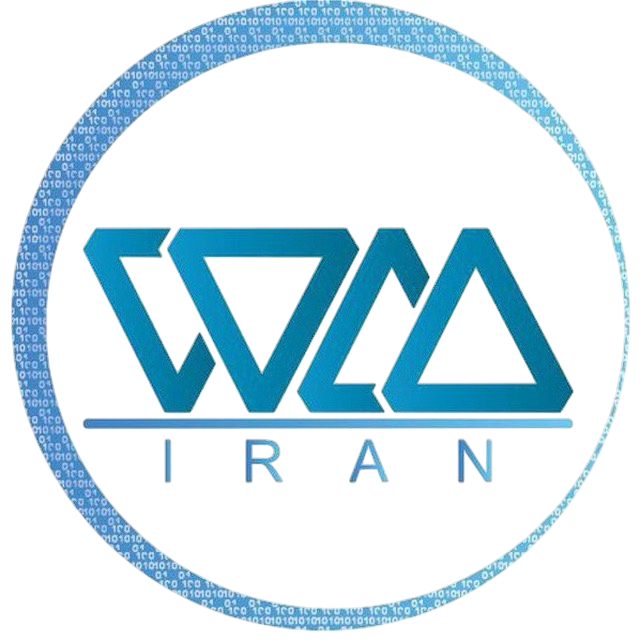Что такое криптомост и зачем он вам может понадобиться
Крипта — это уже не только про хранение монет. Сегодня всё чаще требуется переход между разными блокчейнами, и в этом помогают мосты.
Криптомост — это инструмент, который позволяет перевести токены из одной сети в другую. Например: Ethereum → Polygon, BNB → Arbitrum, Solana → TON и так далее.
На wmiran.com мы предлагаем быстрые кроссчейн-обмены, но мосты — неотъемлемая часть мультичейн-экосистемы. Объясняем, как они работают и в каких случаях нужны.
Что такое блокчейн-мост?
Мост — это связующее звено между двумя блокчейнами, которые изначально не могут взаимодействовать напрямую. Мост помогает «передать» активы или данные между сетями.
Зачем нужен мост?
- Экономия комиссий: перенос активов в сеть с более низкими сборами
- Доступ к dApps: некоторые платформы работают только в одной сети
- Доходность: фарминг, стекинг и DeFi-опции в разных блокчейнах
- NFT: минтинг и торговля в нужной экосистеме
Как работает мост?
Существует два основных типа взаимодействия:
- Lock-and-mint: токены блокируются в сети A и выпускаются в виде wrapped-версии в сети B
- Burn-and-release: обёрнутые токены сжигаются в сети B, а оригиналы разблокируются в сети A
Это может быть реализовано через смарт-контракты или мультиподписные кошельки (в зависимости от централизованности).
Популярные мосты
- Polygon Bridge — перевод ETH в сеть Polygon (MATIC)
- Arbitrum Bridge — перенос активов на Layer-2
- Wormhole — мультичейн-мост с поддержкой Solana
- Multichain — один из самых гибких мостов (ранее Anyswap)
Риски использования мостов
- Ошибки в смарт-контрактах: эксплойты и баги
- Централизация: контроль может быть у узкого круга
- Фишинговые сайты: всегда проверяйте адрес и источник моста
Мосты vs. Кроссчейн-обмены
Мост — это перенос ваших активов. Кроссчейн-обмен — это обмен одних активов на другие между разными сетями (например, ETH → BNB).
На wmiran.com вы можете выполнять такие обмены без KYC, быстро и удобно — без ручного бриджинга.
Заключение
Мосты — это важнейший инструмент в мире мультичейн-криптовалют. Чем больше сетей и dApps — тем важнее возможность свободно перемещаться между ними.
И если вам не хочется вручную настраивать мосты, использовать мостовые токены и платить двойные комиссии — wmiran.com предлагает вам удобный способ быстро переместиться между сетями без лишних действий.




